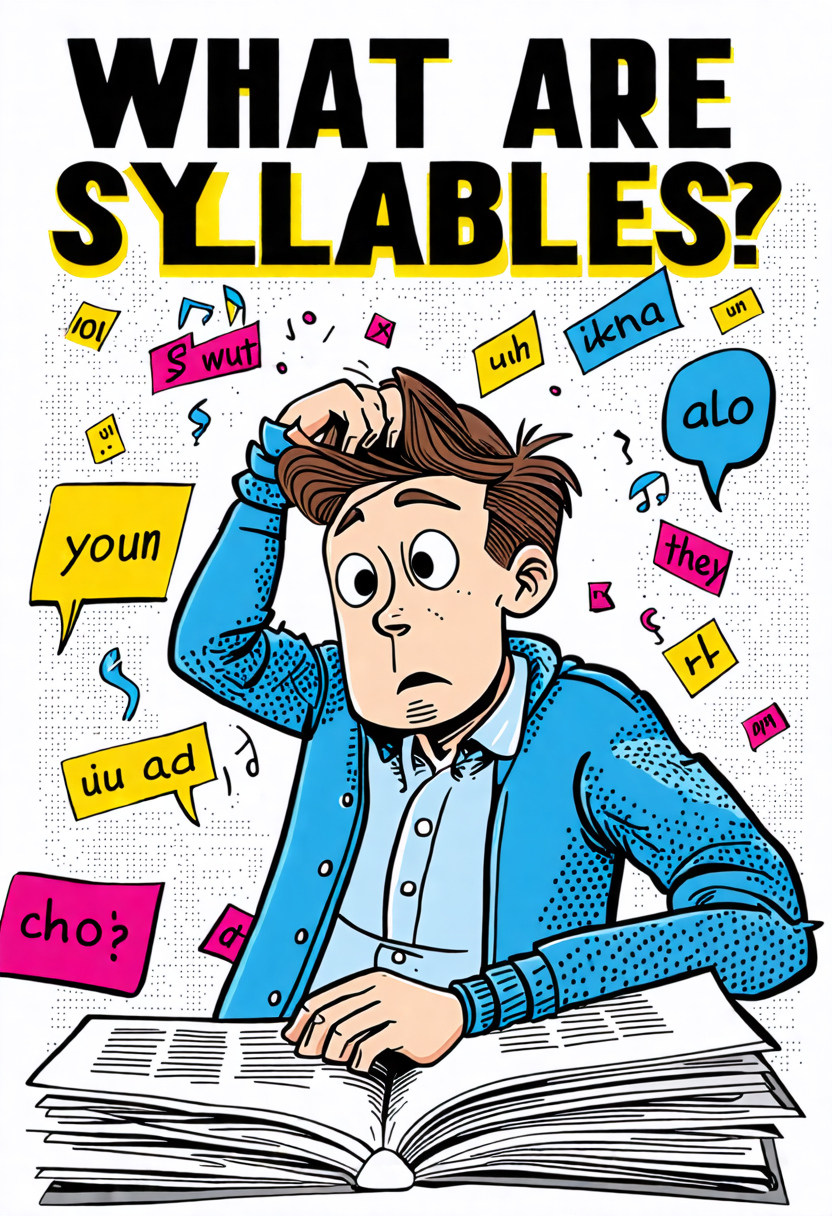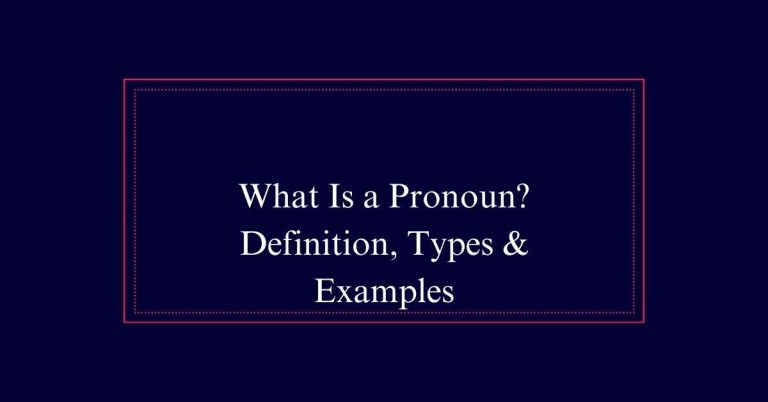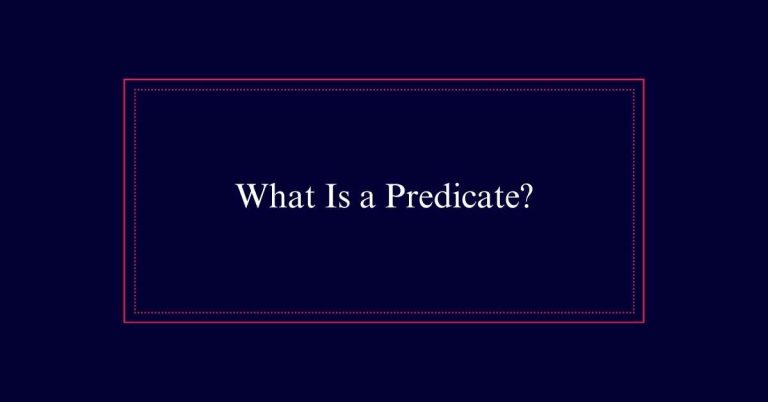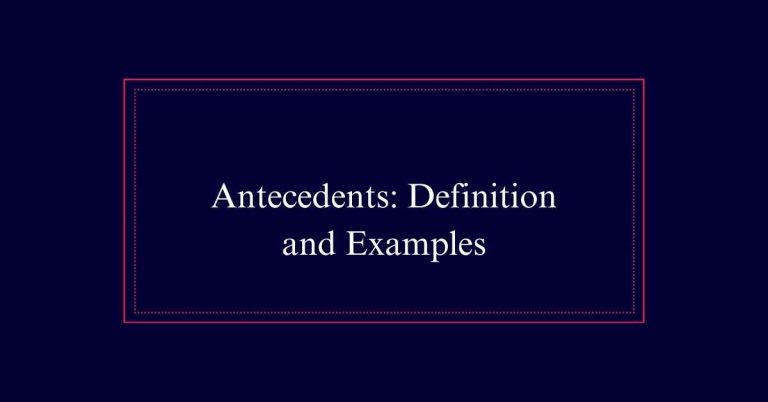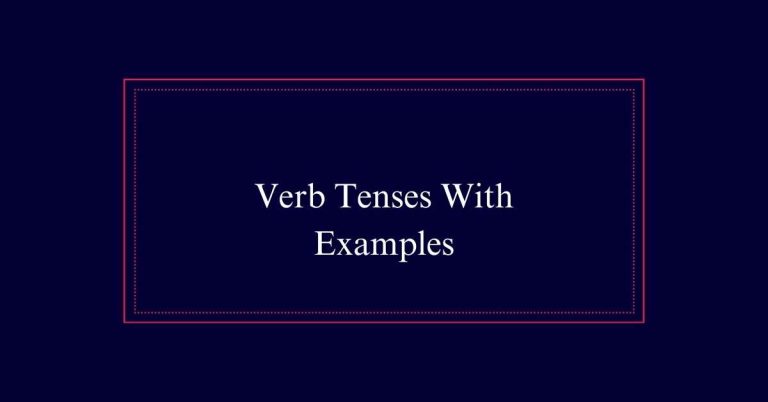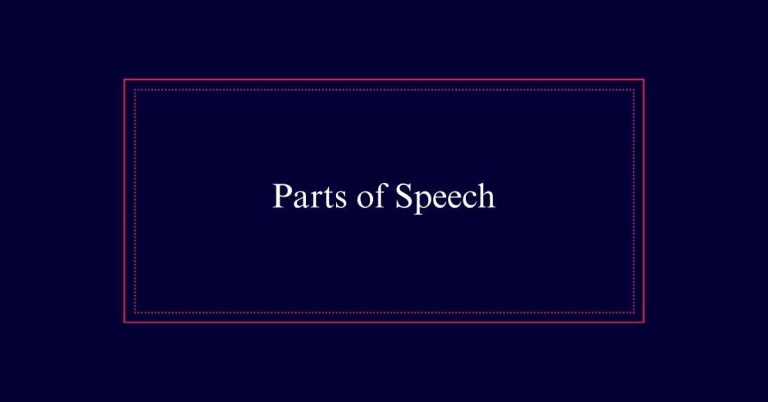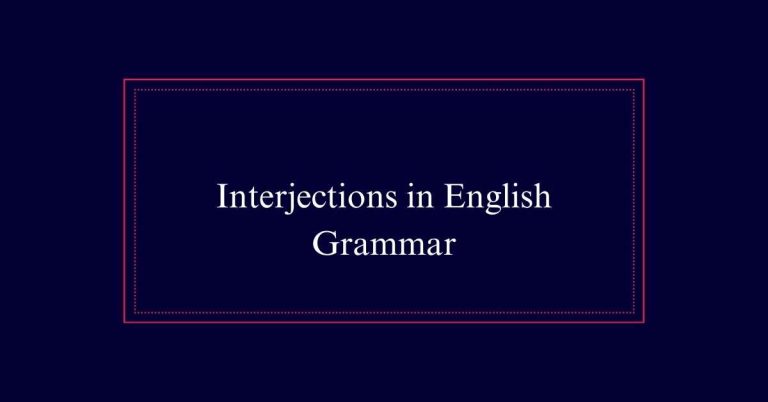What Are Syllables?
A syllable is a unit of sound in a word, primarily formed by a vowel sound, often accompanied by consonants. Counting syllables enhances pronunciation and literacy skills. Methods to count syllables include the Clap Method, where you clap once for each vowel sound, and the Chin Method, where you feel your chin drop with each syllable.
What Is a Syllable?
A syllable is a single, unbroken sound unit within a word formed by a vowel sound. This sound unit may include surrounding consonants, contributing to its distinct identity.
For example, ‘cat’ has one syllable, while ‘apple’ has two. Counting syllables involves more than just identifying vowels. Silent vowels and diphthongs, which are complex vowel sounds, can affect the count.
For instance, the word ‘cake’ has one syllable despite having two vowels. Understanding syllables is essential for proper pronunciation. It helps in breaking down words into manageable parts. Recognizing different syllable types, such as closed or open syllables, aids in this process.
Importance of Syllables
Understanding syllables is essential for mastering pronunciation and improving literacy skills.
Syllables act as the building blocks of words. Knowing how to break words into syllables helps individuals pronounce words correctly. This is important for both reading and speaking.
In education, syllable recognition aids in decoding unfamiliar words. This skill is especially significant for young learners and non-native speakers.
Additionally, syllables play a key role in poetry and music, influencing rhythm and meter. They also assist in spelling, making it easier to remember and write words accurately.
Counting Syllables
Counting syllables involves several effective techniques to guarantee accurate results. Here are four straightforward methods to try:
- Clap Method: Clap your hands once for each vowel sound you hear in a word.
- Listen Method: Carefully listen and identify each distinct vowel sound in the word.
- Written Method: Write the word down, count the vowels, and apply rules for silent vowels and diphthongs.
- Chin Method: Place your hand under your chin and feel the number of times your chin drops as you pronounce the word.
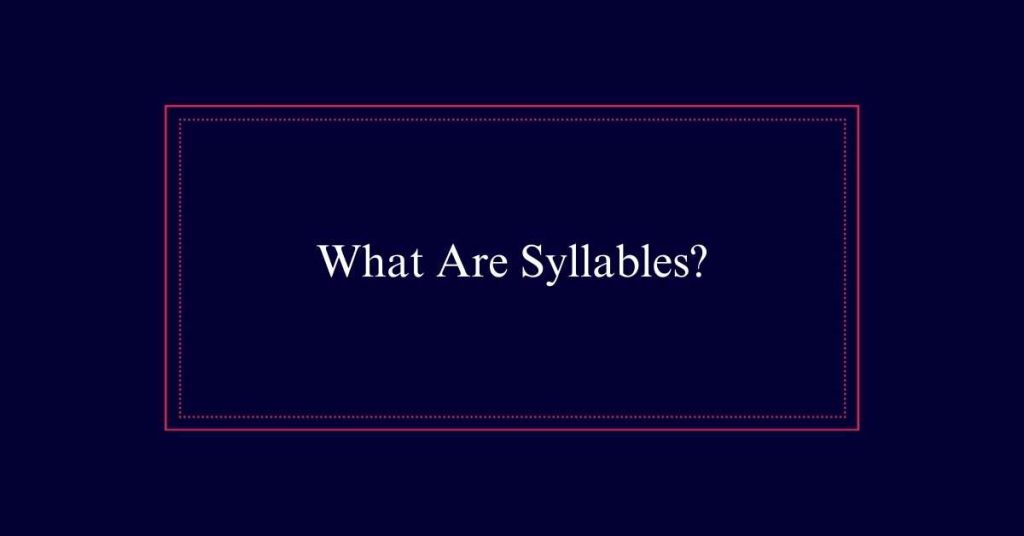
The Chin Method
Many find the chin method particularly useful for counting syllables accurately. This method involves placing your hand under your chin and speaking the word slowly. Each time the chin drops, it indicates a syllable. This physical movement helps in identifying the number of syllables easily.
Here’s a quick example table for clarity:
| Word | Syllables Counted |
|---|---|
| Apple | 2 |
| Banana | 3 |
| Elephant | 3 |
| Computer | 3 |
The Clap Method
Another effective technique for counting syllables is the clap method, which involves clapping your hands at each vowel sound in a word. This method is particularly useful for young learners and those new to syllable counting.
Here’s how you can apply the clap method:
- Say the word slowly: Pronounce the word clearly and at a slow pace.
- Identify vowel sounds: Listen for each distinct vowel sound in the word.
- Clap for each vowel sound: Clap your hands every time you hear a vowel sound.
- Count claps: The total number of claps corresponds to the number of syllables.
The Listen Method
The listen method involves carefully hearing each distinct vowel sound to determine the number of syllables in a word. This technique requires attentiveness to each vocalized vowel sound, as each one signifies a syllable.
For instance, in the word ‘banana,’ you can hear three separate vowel sounds: ba-na-na. Each distinct sound represents one syllable. This method is especially useful for words with complex vowel combinations or silent letters.
The Written Method
To count syllables using the written method, start by identifying all the vowels in the word. This approach involves more than just counting vowels. Silent vowels and vowel combinations, like diphthongs, must be considered.
Follow these steps:
- Identify all vowels: Look for every vowel (a, e, i, o, u, and sometimes y).
- Exclude silent vowels: Ignore vowels that do not produce a sound.
- Count vowel pairs: Recognize diphthongs and treat them as one sound.
- Apply rules for vowel-consonant-e: If a vowel is followed by a consonant and an ‘e’, count it as one syllable.
Handling Long Words
After mastering the written method, it’s important to understand how to handle long words effectively. Long words can be intimidating, but breaking them down into smaller parts makes them manageable.
Start by identifying prefixes and suffixes, as they often form separate syllables. Next, look for vowel sounds within the word. Each distinct vowel sound, combined with consonants, forms a syllable. Reading the word backward can also help with pronunciation, as it forces you to focus on each syllable individually.
Practice by clapping or tapping for each syllable to reinforce your understanding. With these techniques, even the longest words become easier to pronounce and understand.
Types of Syllables
Understanding the types of syllables is essential for mastering English pronunciation and reading skills. Syllables can be categorized into several types, each with unique characteristics.
Here are four primary types:
- Closed Syllables: These end with a consonant, following a single vowel. They produce a short vowel sound, as in ‘cat’ or ‘bat.’
- Open Syllables: These end with a vowel, resulting in a long vowel sound. Examples include ‘he’ and ‘go.’
- Vowel-Consonant-e Syllables: Also known as VCE syllables, they have a silent ‘e’ that makes the preceding vowel long, like in ‘cake’ or ‘time.’
- R-Controlled Syllables: Here, a vowel is followed by ‘r,’ which alters the vowel sound, as in ‘car’ or ‘bird.’
How Do Prefixes and Syllables Impact English Language Learning?
Understanding english prefixes is essential for language learners. Breaking down words into their constituent parts can help in grasping the meaning and pronunciation. By studying syllables, learners can improve their spelling and fluency. Mastering prefixes and syllables is a key aspect of effective English language learning.
Common Syllable Patterns
Common syllable patterns provide a foundation for decoding and pronouncing words effectively. Recognizing these patterns helps in breaking down words into manageable parts.
A common pattern is the CV (consonant-vowel) structure, like ‘go’ or ‘be.’ Another is the CVC pattern, where a consonant follows the vowel, as in ‘cat’ or ‘pen.
Vowel-consonant-e (VCE) patterns, such as in ‘cake’ or ‘hope,’ feature a silent ‘e’ that makes the vowel long. The r-controlled pattern includes a vowel followed by ‘r,’ altering its sound, as in ‘car’ or ‘bird.’
